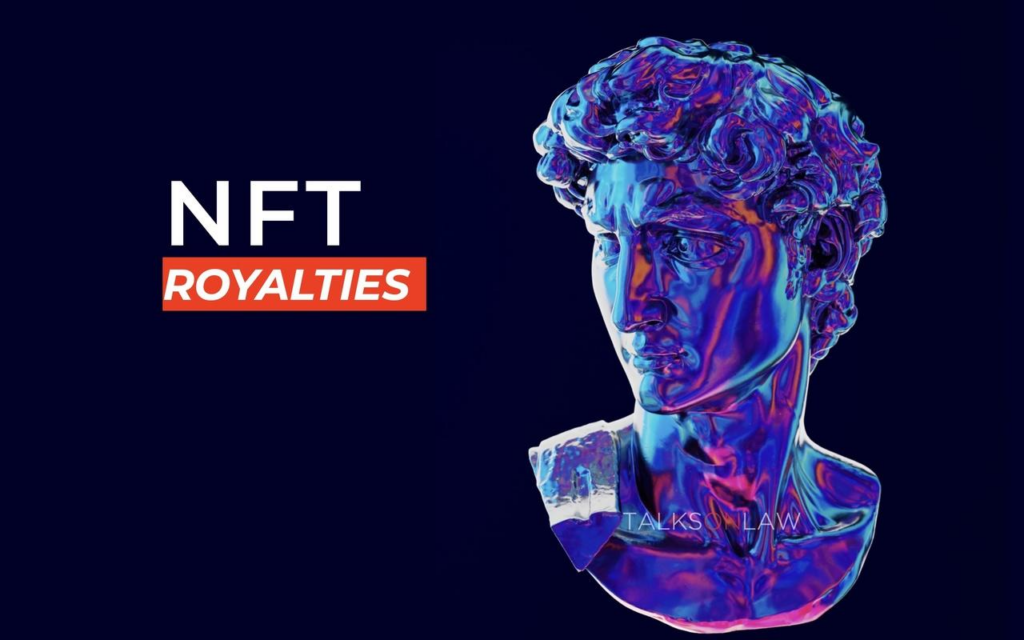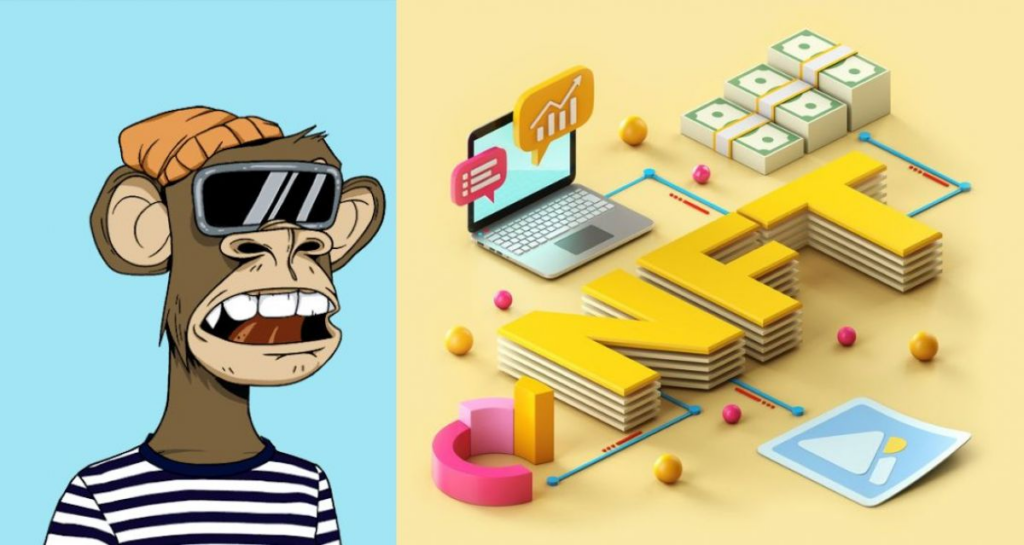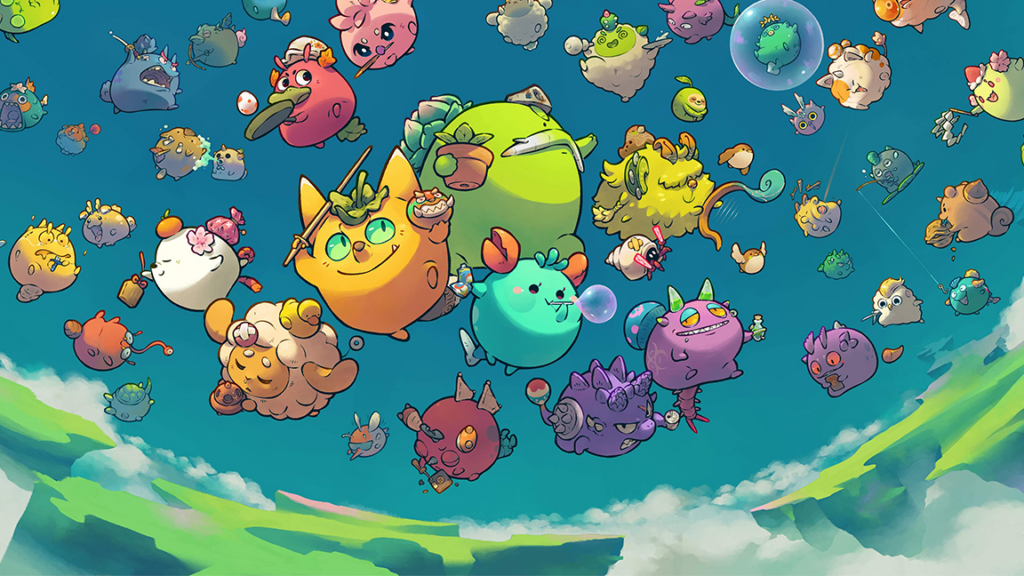Introduction
The world of gaming has always been a fertile ground for innovation. From arcade machines to mobile apps, every decade introduces new ways for players to interact with digital worlds. Now, a fresh wave of disruption is transforming the industry—NFT gaming. By combining blockchain technology with interactive gameplay, NFT gaming is redefining what it means to own, trade, and play with digital assets.
For independent game developers, this trend is particularly exciting. Unlike traditional gaming markets dominated by big studios with hefty budgets, NFT gaming offers a unique opportunity for smaller creators to carve out a niche. Players are increasingly drawn to these games not only for entertainment but also for the promise of real-world financial rewards, often referred to as play-to-earn (P2E). This shift is leveling the playing field, giving indie developers tools that were once out of reach.
See more: How to Monetize your Offerings on NFT Launchpad
What Is Play-to-Earn?
At its core, play-to-earn refers to games where players can earn tangible rewards—often in the form of cryptocurrencies or NFTs—by simply playing. Traditional gaming has always been about enjoyment, achievements, and competition. But P2E introduces a real financial layer that changes player motivation.
In traditional titles, in-game assets like rare skins, powerful weapons, or character upgrades are locked within a publisher’s ecosystem. Players spend time and money collecting them, but they can’t truly own, sell, or trade these items outside the game. Play-to-earn flips this model.
Here’s how it works:
- Players complete in-game missions, battles, or tasks.
- They earn NFTs or tokens that are stored on the blockchain.
- These assets can be traded in secondary markets, exchanged for cryptocurrencies, or even converted into real-world money.
This model resonates strongly with gamers who want more from their digital experiences than just entertainment. Titles like Axie Infinity, The Sandbox, and Illuvium have become pioneers in this space, showing how games can double as economic ecosystems.
How NFTs Add Value to Gaming
NFTs—non-fungible tokens—are the backbone of the P2E ecosystem. Unlike fungible tokens such as Bitcoin or Ethereum (where every unit is identical), NFTs represent unique digital assets. In gaming, this uniqueness translates into ownership and scarcity.
For developers, NFTs open a new world of creative and financial possibilities:
- True Ownership for Players
Players no longer just rent digital items from a publisher. They genuinely own their in-game assets, which can be held in personal wallets, sold, or transferred. For instance, a rare sword in a fantasy RPG could be resold on marketplaces like OpenSea, giving it value beyond the game itself. - Monetization Opportunities for Indie Developers
Instead of relying solely on upfront purchases or ads, indie studios can mint and sell NFTs as part of their games. Limited-edition items, exclusive character skins, or early access passes can generate revenue streams while also building loyalty. - Cross-Game Integration
One of the more futuristic appeals of NFTs is interoperability. Imagine buying a unique car in one blockchain-based racing game and then driving it in another. While still in its infancy, this concept could radically expand the appeal of indie projects. - Player Engagement Through Scarcity
Scarcity creates value. A developer who releases only 1,000 unique characters is effectively generating a digital collectible market that mirrors real-world trading cards or memorabilia.
For players, NFTs transform in-game time into something with measurable value. For developers, they provide a way to directly connect with fans while building sustainable income.
The Rise of Play-to-Earn Communities
Perhaps the most exciting aspect of NFT gaming is not just the technology but the communities it fosters. Traditional gaming communities often gather around fan forums, live streams, or competitive tournaments. In NFT gaming, the social element expands into shared economies.
- Guilds and Collectives
Players band together to form “scholarship” guilds. In Axie Infinity, for example, some players lend out their high-value characters to others who can’t afford them, creating revenue-sharing systems. These micro-economies blur the lines between gaming and small-scale entrepreneurship. - Decentralized Governance
Many NFT games adopt a DAO (Decentralized Autonomous Organization) model, where players who own governance tokens get voting rights on future updates, expansions, or rules. This democratizes the gaming experience and empowers players to feel invested. - Global Collaboration
Play-to-earn games attract participants from around the world, often bridging economic gaps. For instance, players in developing countries have embraced NFT games as alternative income sources, creating international communities with shared goals.
For independent developers, building a strong community can be just as valuable as building the game itself. These communities amplify reach, attract investors, and sustain long-term engagement.
Challenges and Concerns
While NFT gaming has immense potential, it’s not without challenges. Independent developers need to tread carefully when entering this space.

- Market Volatility
The value of NFTs and cryptocurrencies can fluctuate wildly. A rare in-game item might sell for thousands of dollars one week and drop dramatically the next. This unpredictability can discourage casual players who are in it for fun rather than speculation. - Scams and Fraud
The hype around NFTs has attracted bad actors. Fake marketplaces, rug pulls, and counterfeit NFTs can harm both players and developers. Indie studios must prioritize transparency and security to earn trust. - Environmental Concerns
Blockchain networks like Ethereum have faced criticism for their high energy consumption. While newer, greener blockchains (like Solana or Polygon) are addressing this, sustainability remains a concern for eco-conscious gamers. - Accessibility Barriers
Not every gamer is ready to set up digital wallets, pay gas fees, or learn the nuances of blockchain. Developers must balance complexity with user-friendliness. - Regulatory Uncertainty
Governments are still figuring out how to classify and regulate NFTs, tokens, and in-game economies. Indie developers may face shifting legal frameworks that affect their business models.
The Future of NFT Gaming
Despite the hurdles, the future of NFT gaming looks promising. For independent developers, this is not just a passing trend—it’s an opportunity to reshape the industry.
- Mainstream Adoption
As large studios like Ubisoft and Square Enix experiment with blockchain elements, NFT gaming could transition from niche to mainstream, bringing indie developers along for the ride. - Improved Technology
With Layer-2 solutions and eco-friendly blockchains, the environmental and scalability concerns will diminish over time, making NFT gaming more sustainable. - Creative Freedom for Indies
NFT gaming gives indie developers more autonomy to create innovative mechanics. Instead of chasing big publishers for funding, they can launch community-driven projects with crowdfunding through NFT sales. - Hybrid Models
Future games may blend traditional gameplay with optional NFT elements, allowing both casual gamers and blockchain enthusiasts to coexist. This inclusivity will broaden audiences. - Cross-Platform Economies
The dream of owning assets that move seamlessly between games and platforms could one day become reality. Imagine an NFT avatar that exists across multiple virtual worlds—a game-changer for both players and developers.
Conclusion
NFT gaming is more than just a technological buzzword—it represents a shift in how games are created, played, and monetized. For independent developers, the rise of play-to-earn and blockchain-based economies levels the playing field, offering tools to compete with larger studios. With NFTs, they can design worlds where players not only engage but also invest, trade, and earn.







